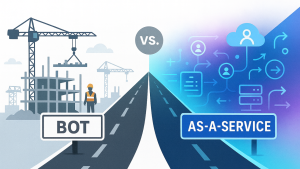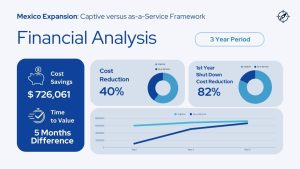Latest on the Nearshoring trend in Mexico.
| North America to make 25% of what it imports from Asia: Mexico January 13, 2023 MEXICO CITY (Reuters) — Mexico, the U.S. and Canada plan to produce in North America 25% of what they currently import from Asia under a new drive to promote the integration of the region’s economy, Mexican Foreign Minister Marcelo Ebrard said on Thursday. https://asia.nikkei.com/Economy/Trade/North-America-to-make-25-of-what-it-imports-from-Asia-Mexico |
| Why Chinese Companies Are Investing Billions in Mexico NY Times Article, February 3, 2023 Alarmed by shipping chaos and geopolitical fractures, exporters from China are setting up factories in Mexico to preserve their sales to the United States. https://www.nytimes.com/2023/02/03/business/china-mexico-trade.html |
| Tesla’s Monterrey Plant Ushers In Mexico’s Electric Vehicle Age Bloomberg Article, March 1, 2023 1. Shift to south of US border brings labor, trade advantages. 2. Biden’s IRA allows credits for EVs made in North America. https://www.bloomberg.com/news/articles/2023-03-01/tesla-plant-in-monterrey-ushers-in-electric-vehicle-age-for-mexico |
| Tesla to build next plant in Mexico CNN Article, March 1, 2023 Reuters reported that Mexican officials said the plant could cost $1 billion. Most of the global automakers already have assembly plants in Mexico. According to Reuters, there are 20 auto assembly plants in the country. General Motors has three, Ford has two, including one that make its Mustang Mach-E, the EV SUV that is a competitor to Tesla. Stellantis — which builds cars under the Chrysler, Dodge, Ram and Jeep brands — has three. In addition Toyota, Honda, Nissan, Volkswagen, Audi, Mazda, Mercedes, Kia and BMW all have plants in Mexico. https://www.cnn.com/2023/03/01/business/tesla-mexico-plant/index.html |



